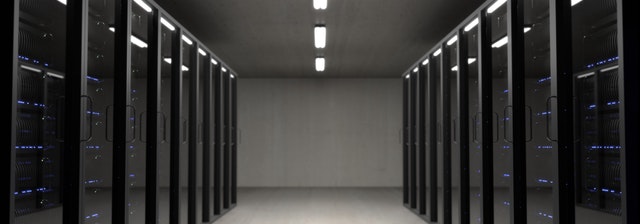What is Computer Access Control?
Computer Access control is a security measure used to protect data and resources from unauthorized access. It is an essential part of any network or computer system, ensuring the integrity of the data stored on the system. Access control is the practice of granting or denying access to a given resource or system based on certain security criteria. By implementing this technique, organizations can ensure that only authorized personnel have access to sensitive information and systems, protecting it from unauthorized access, vandalism, and malicious attacks.
Access control identifies users by verifying various login credentials such as usernames and passwords, PINs, biometric scans, and security tokens. This method of restricting access to sensitive data ensures that only those with their identity verified can gain entry into company networks. Access control also plays an important role in information security by providing safeguards designed to detect and deny unauthorized access while permitting authorized individuals into an information system as outlined by CNSSI standards.
Overall, computer access control is a critical component for any organization looking to protect their most valuable assets from malicious actors or accidental damage due to human error. By implementing these measures organizations can ensure that confidential information remains secure while allowing authorized personnel easy entry into systems they need for their job functions without compromising safety protocols in place for everyone’s benefit.
How Does Access Control Work?
Access control systems are designed to authenticate users and grant access based on their credentials. This authentication process can involve a variety of credentials, such as usernames and passwords, biometric data like fingerprints, or physical tokens like keycards. In some cases, multiple authentication factors may be required for access. Once the user’s credentials have been verified, they will either be granted or denied access to the system or resource in question.
User access security is an important part of computer security that involves procedures to ensure only authorized users can gain access to a computer system while keeping unauthorized users out. authentication is the first step in this process and involves verifying a user’s identity before granting them permission to use a desired resource. To ensure secure user access, each person should have their own unique login credentials that are not shared with anyone else.
When creating a new user account on AWS (Amazon Web Services), you can enable them to gain access through two methods: (a) using IAM roles which provide temporary credentials; or (b) using an Identity Provider which checks whether the user has already been authenticated and grants them permission accordingly. We recommend using IAM roles for human users and workloads that need to use your AWS resources as it provides more secure temporary credentials than other methods do.
In conclusion, Access Control Systems work by authenticating users based on their provided credentials before granting them permission to use certain systems or resources within an organization’s network infrastructure. By implementing strong authentication measures such as unique login details per individual and utilizing IAM roles for temporary credentialing purposes when necessary, organizations can ensure secure user access while keeping unauthorized individuals out of their networks at all times.
Why is Access Control Important?
Access control is an essential security measure for any organization. It helps to protect sensitive data and resources from unauthorized access, while also ensuring that only authorized personnel have access to the system or resource. This can help prevent data loss, vandalism, and malicious attacks. Access control also helps organizations comply with legal and regulatory requirements such as HIPAA and GDPR which require organizations to implement access control systems to protect sensitive data.
Access control is a method of restricting access to sensitive data by verifying various login credentials such as usernames, passwords, PINs, biometric scans or security tokens in order to identify users. Access control security covers the policies, processes, devices and methods used by security teams in order to protect people, property and data from unauthorized access. Common causes of unauthorized access include weak passwords or lack of authentication measures; understanding these characteristics can help prevent a breach from occurring in the first place.
In addition to implementing strong authentication measures such as multi-factor authentication (MFA), there are other best practices that organizations should follow when it comes to protecting their information assets from unauthorized users: using encryption technologies; regularly updating software; monitoring user activity; training employees on cybersecurity best practices; and backing up information securely in a secure location away from the building itself. By following these steps organizations can ensure that their information backups are stored safely away from potential threats posed by unauthorized users who may try gain entry into their systems without permission.
Conclusion
In conclusion, computer access control is an essential security measure for any organization. It helps to protect data from unauthorized access, vandalism, and malicious attacks while also helping organizations comply with legal and regulatory requirements. Access control can be implemented in a variety of ways such as controlling physical access to buildings or implementing cyber security measures like firewalls and encryption algorithms. Additionally, organizations should monitor their networks and review logs regularly to ensure that only authorized personnel have access to sensitive data and resources. By taking these steps, businesses of all sizes can ensure that their systems are secure and up-to-date with the latest security measures.

Be First to Comment